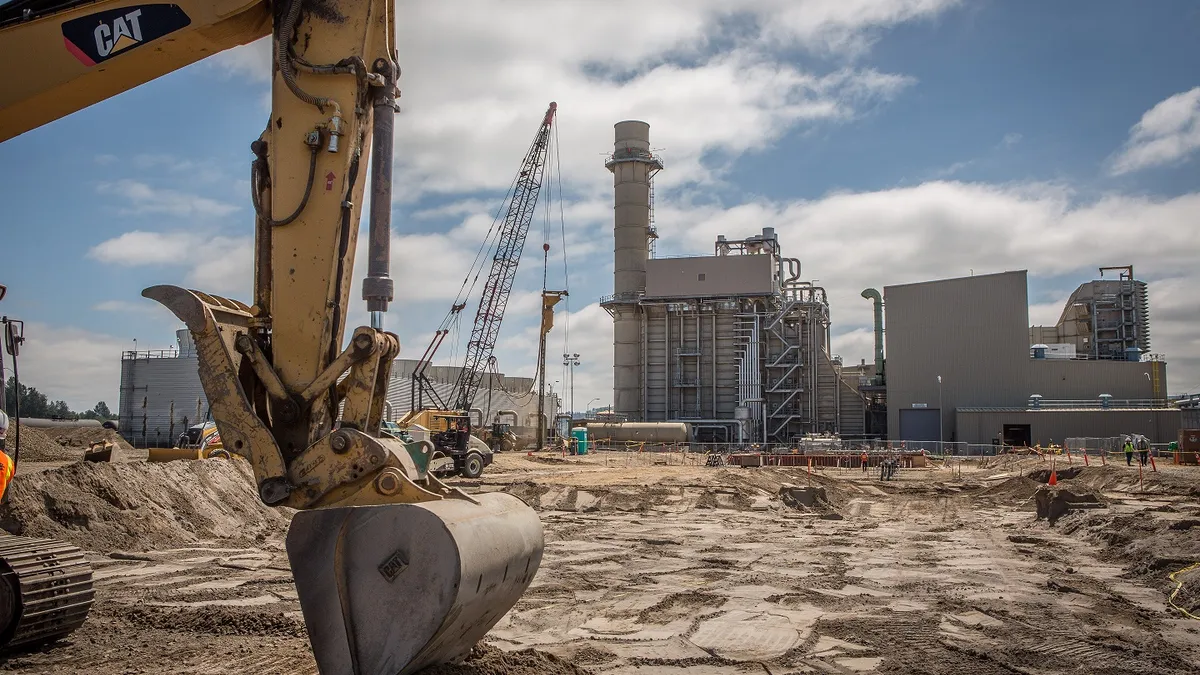Details on President Donald Trump's anticipated $1 trillion infrastructure spending plan have been slow in coming and generally unclear since the campaign trail. The picture got even more muddled on Wednesday, when he told a group of bipartisan lawmakers that public-private partnerships (P3s) — which were expected to be a key mechanism for achieving the massive spend — were "more trouble than they're worth," effectively walking back his support for using private spending on public infrastructure projects.
Previously, the Trump administration said projects that could prove they'd be able to snag private investment would have an edge when accessing federal funding under the eventual spending program. That plan has yet to be solidified, but the move suggested an attempt at spurring state and local governments to turn over more projects to the private sector. Though other ideas have been floated for footing the bill for the country's extensive infrastructure backlog, P3s seemed like a promising delivery method for projects that already have the potential to generate revenue, most notably toll roads and airports.
Whether P3s will be a critical part of an eventual infrastructure spending program remains to be seen, but the delivery method is nonetheless expected to grow in use, according to PricewaterhouseCoopers.
Still, the question remains: Are P3s "more trouble than they're worth"? Take a look at some of our previous coverage on the topic, and we'll let you decide.
Why some P3s go bad — and how to avoid a project failure
P3s are still a relatively new project delivery method in the U.S. As a result, its reputation is largely based on the successes and failures of a few better-known projects. When done right, the partnership can be a boon to all parties involved. But when projects don't go according to plan, the results can be costly. Here's what experts say companies can do to ensure their P3s steer clear of failure. Read more.
5 elements of a successful P3
Studies have shown that use of the P3 model can lead to a higher success rate in schedule and budget outcomes as compared to traditional contract delivery methods. And while no two P3s are alike, certain factors early in the process can make some projects more likely to succeed than others. From choosing the right model, to building a solid team, this article takes a look at the key features of a winning P3. Read more.
P3s: A growing alternative with potential to capitalize on 'privatized innovation'
Regulatory concerns and limited education about how to set up and carry out a P3 pose a challenge to the model's effectiveness. A majority of states have enabled some form of legislation allowing P3s at the state level, but broad acceptance and use of P3s will take time. As more public projects turn to the private sector for financing, experts say the collaboration could lead to greater innovation in how projects are delivered. Read more.
Purple, reined: Why the largest P3 in MD history was stopped in its tracks
Before Maryland proposed the largest North American highway P3 yet, its $5.6 billion Purple Line light-rail project reigned as the biggest P3 in the state's history. That project has had its fair share of troubles, from disputes over the accuracy of ridership figures to funding concerns. And although the project has broken ground, it's not in the clear just yet. The American Road and Transportation Builders Association has said the project's legal troubles could undermine the model and hurt the potential for future P3s. How the challenges to the Purple Line will affect future P3s is yet to be determined. For those looking to learn from the project — for better or worse — we've looked back at its history. Read more.
Can't see the survey? Click here.













